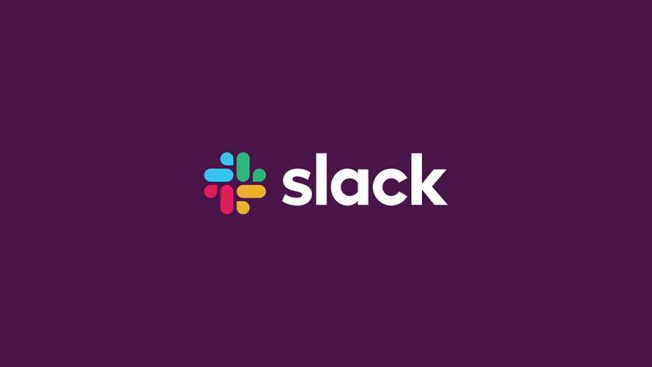Inspiration meets innovation at Brandweek, the ultimate marketing experience. Join industry luminaries, rising talent and strategic experts in Phoenix, Arizona this September 23–26 to assess challenges, develop solutions and create new pathways for growth. Register early to save.
Ever since Slack unveiled a new logo this week that swapped out its instantly recognizable hashtag icon for a simplified, multi-colored pinwheel, the design world and many others on Twitter have been abuzz. As with most rebrands, controversy is swirling about the changes, and it’s easy to see why.
For most of the critics—including a few in our own company design Slack channel (how is that for meta?)—it is the loss of that famous, mostly beloved hashtag that has everyone talking.
While there was some comfort in seeing the colors we had grown to love using Slack on a day-to-day basis, it is difficult to argue against critique that the logo veers on the generic side. The vibrant blue, striking red, honey yellow, sprightly green and the added speech bubble shapes worked well together to convey the brand personality. While the new logo does keep some elements of the original shape, it also seems deliberately obfuscated.
The brilliance of the hashtag as part of the previous logo was that it was a simple visualization of Slack’s core brand promise of enabling effective online team communication as well as reflecting a fundamental functional feature of the product itself. Furthermore, Slack has been growing so quickly as a business and has such a fanatical following that it had the opportunity to own the hashtag in the B2B space. This is the nirvana of brand marketing (think Kleenex becoming synonymous for tissue). So why would the only company in the B2B world that could have owned the hashtag choose to discard—or at the very least, heavily obscure—it in this new logo?
It’s because Slack is striving to deliver on a bigger brand promise.
The new logo does solve some practical execution issues. Simplifying the color palette from 11 shades to four, sharpening the edges of the wordmark and removing the precise angular element from the combination mark will result in cleaner, more consistent visual executions across the business and product. The new logo is bold, energetic and somehow elevated.
And from a branding perspective, this redesign also tells a larger story.
Slack wants us to look away from the hashtag and think bigger. They want us to think of more than just group conversations and communication. They want us to believe Slack can be a place to do more than just talk. They want us to be open to the possibilities of integrating many of our workflows, such as making payments, organizing files, hiring talent, consuming media. By removing the hashtag in their new logo and replacing it with elements that can be extracted and combined in new ways, they are opening our minds to the potential that Slack can deliver on the bigger brand proposition of improving daily workflows throughout our professional lives.
It’s no accident that Slack rolled out its new visual identity shortly before its IPO. With an ever-expanding portfolio of Fortune 500 clientele and many, many happy customers, Slack has discarded the narrow constrictions of the hashtag to broaden its promise and appeal and lay the groundwork for its future. Slack’s new logo allows it to confidently and credibly state to companies like Microsoft, Google and the rest of its users: “We’re more than group chat. We’re the future of group work.”








